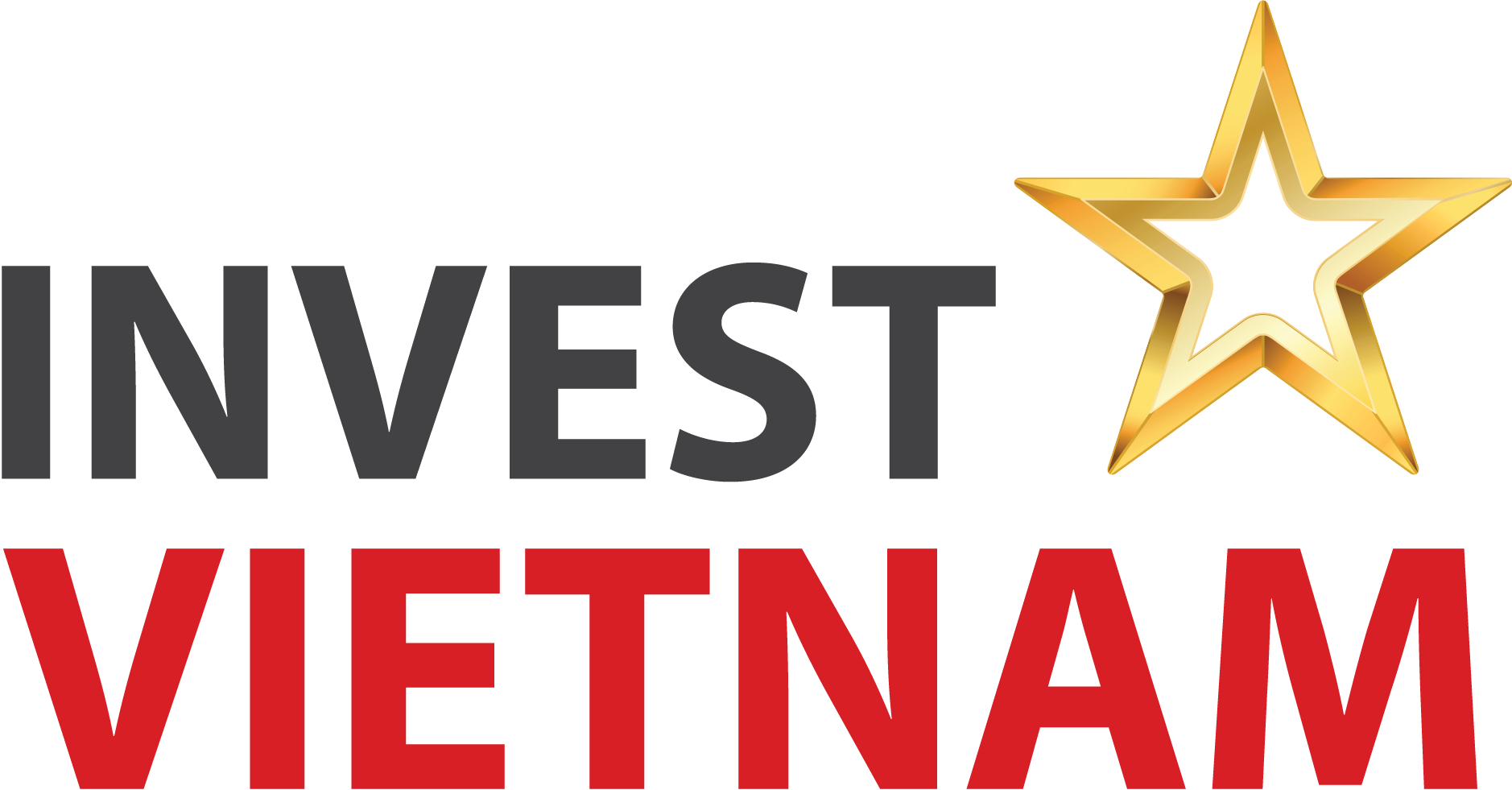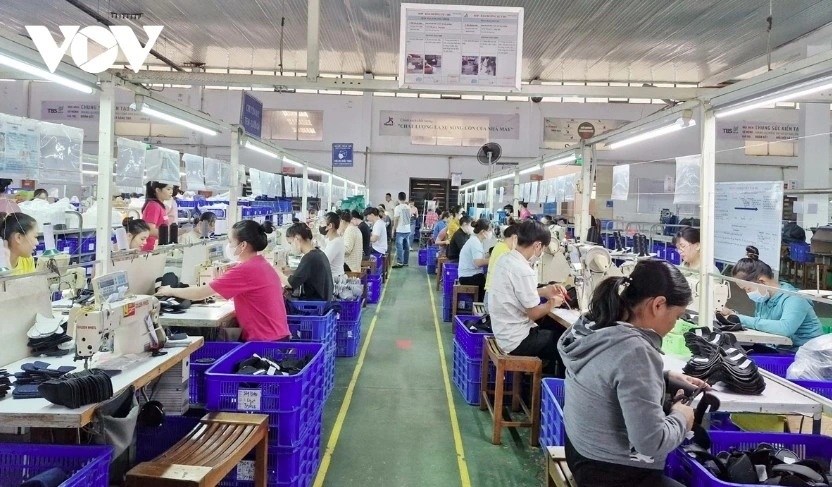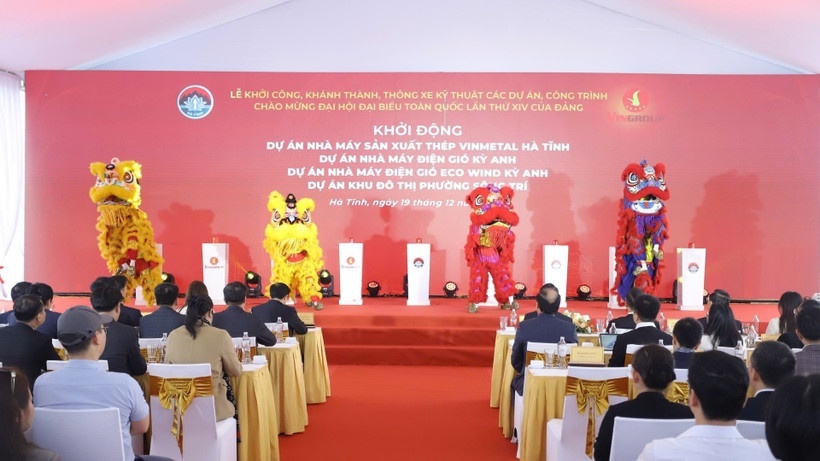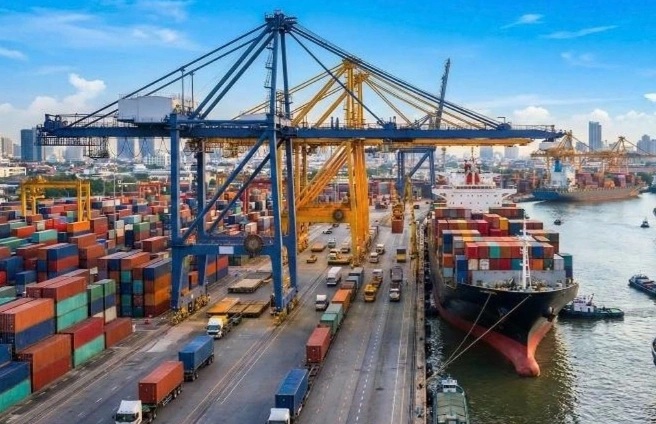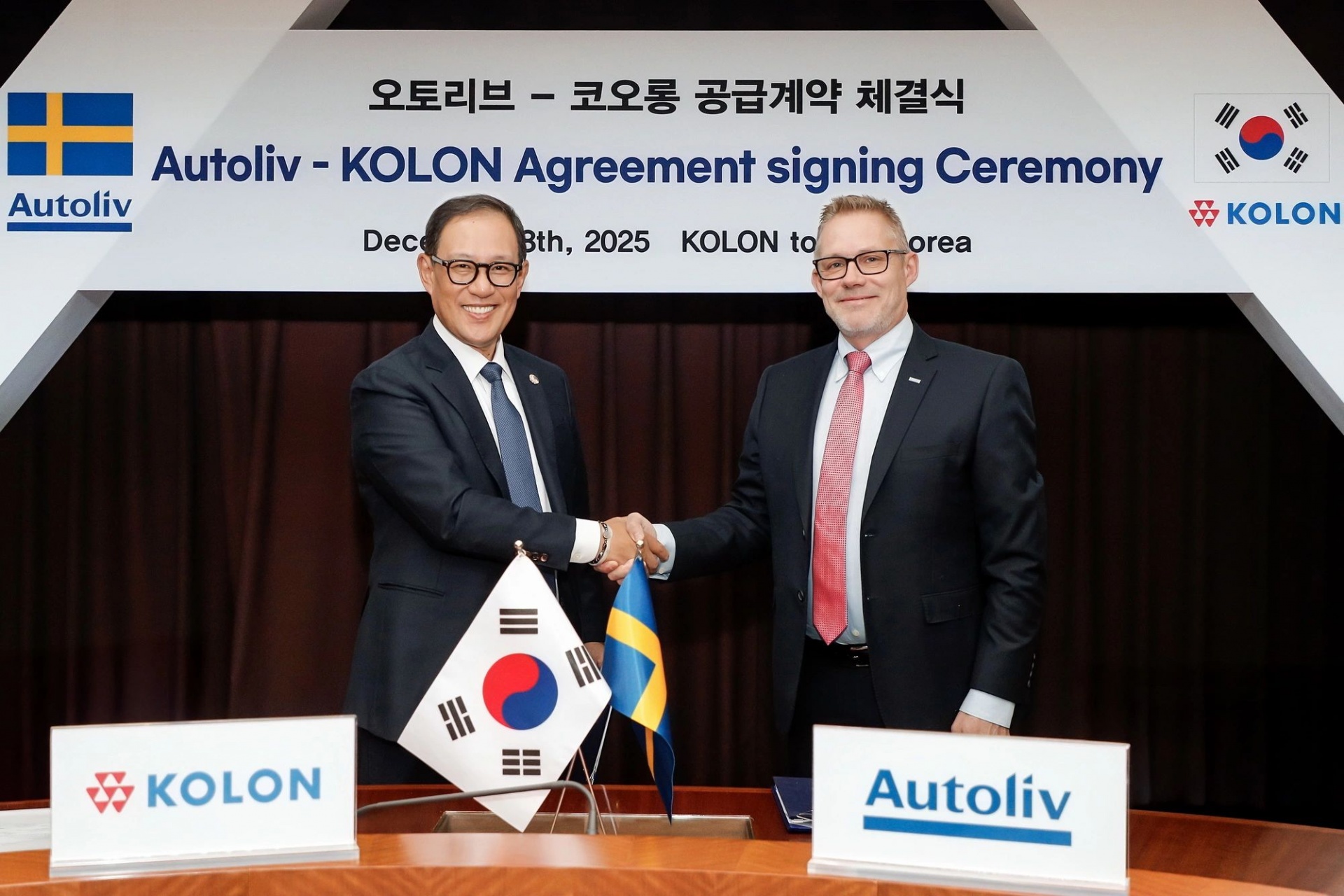Vietnam among the top choices for global investors, according to a survey by Cushman & Wakefield

In a recent survey by Cushman & Wakefield, India was ranked by just over 60 percent of respondents as their preferred emerging market (excluding mainland China) in which to invest. On a first- and second-place preferred basis, Vietnam was the emerging market of choice, taking almost 80 percent of the votes, just ahead of India’s 75 percent.
 Trang Bui, CEO of Cushman & Wakefield Vietnam, comments:” To attract more FDI into the country, Vietnam is focusing investments in upgrading important transportation facilities like highways and seaports and increasing competition index ranking. These upgrades are contributing to robust growth in the economy and especially in the logistics and industrial sectors.
Trang Bui, CEO of Cushman & Wakefield Vietnam, comments:” To attract more FDI into the country, Vietnam is focusing investments in upgrading important transportation facilities like highways and seaports and increasing competition index ranking. These upgrades are contributing to robust growth in the economy and especially in the logistics and industrial sectors.
The Ministry of Transport has planned to complete the North-South Expressway, the 1st phase of Long Thanh International Airport, Quang Ninh Kien Giang coastal road, and metro lines in both the North and the South. Thanks to the efforts over the years, Vietnam is considered an attractive ‘investment destination and a dynamic, open economy with a high growth rate in the world.”
Investors are having to “look laterally” to find opportunities for growth in the current market but can still successfully deploy capital, experts say, as ongoing uncertainty in the macroeconomic environment slows early-year momentum. Representatives from leading investment houses said rising interest rates and an inflationary environment had caused a ‘pause’ in the market as investors re-weighted their portfolios within the current conditions. Despite the slowdown, investor sentiment was leaning towards a cautious resumption of deal flow to Asia Pacific later in 2022 once global players from the United States and Europe had adjusted to the current conditions, said Regional Director, APAC Capital Markets at Cushman & Wakefield Gordon Marsden.
Asked how they would split USD 1 billion across different sectors, investors voted to allocate more to logistics than to office, with a significant additional allocation to alternatives including data centres – a sector with solid tailwinds that is under-supplied – and multifamily. Despite softening yields, over 35 percent believed the logistics sector remains fundamentally undersupplied, with a further 30 percent expecting positive but slower growth within the sector.
The focus on industrial and logistics was particularly evident in Greater China, where it was the largest sector by investment volume in Hong Kong SAR in H1 2022. In mainland China, industrial/logistics is currently the second-largest sector by investment volume, accounting for approximately 25 percent of the total investments in the first half of this year – up from around 10 percent in 2020 and 2021, and only 2 percent in 2019, according to Cushman & Wakefield data.
 Diversification within the living sector was also evident as compressed yields forced investors to think more strategically and look beyond traditional multifamily properties for growth. In Japan, the ageing population was identified as a demographic tailwind for senior living accommodation while strong policy support prompted another investment firm to focus its attention on the childcare industry in Australia.
Diversification within the living sector was also evident as compressed yields forced investors to think more strategically and look beyond traditional multifamily properties for growth. In Japan, the ageing population was identified as a demographic tailwind for senior living accommodation while strong policy support prompted another investment firm to focus its attention on the childcare industry in Australia.
“The rising significance of the living sector should not be underestimated. Diversity within the sector allows for different investment strategies. Furthermore, the frequent lease renewal opportunities can act as a hedge against inflation, providing a blend of near-term inflation protection and longer-term growth opportunities,” said Dr Dominic Brown, Head of Insight and Analysis, APAC at Cushman & Wakefield.
As investors adjust to the higher interest rate environment Marsden said that there was an evident move away from more opportunistic strategies.
“Just over 50 percent of investors indicated that they considered the best risk/return today to be in value-add Tier 1 opportunities,” he said; emerging economies placed second with just under 20 percent of the vote.
In the first 6 months of 2022, Vietnam recorded a new high with 10.06 billion USD in capital from foreign investors disbursing into Vietnam. This is the highest growth rate in the past 5 years. In which, real estate ranked second, accounting for 26% of total capital with leading investors from Singapore, Japan, Denmark, China and Korea. “Industrial and logistics properties, development land, hotels and offices are being sought after by investors,” Trang said.
Despite the more cautious approach, Marsden expects sectors and markets in Asia Pacific with strong fundamentals will continue to attract attention from local and global investors.
“Investors who are focusing on the long-term in sectors and markets that are fundamentally under-supplied and/or have solid tailwinds are less concerned about the current volatility,” he said. “They are having to search harder for opportunities, but they are still there.”
Amy Kelly
Source: Cushman & Wakefield
Original link